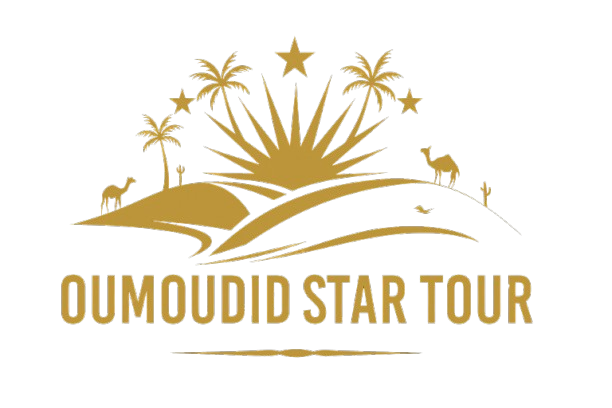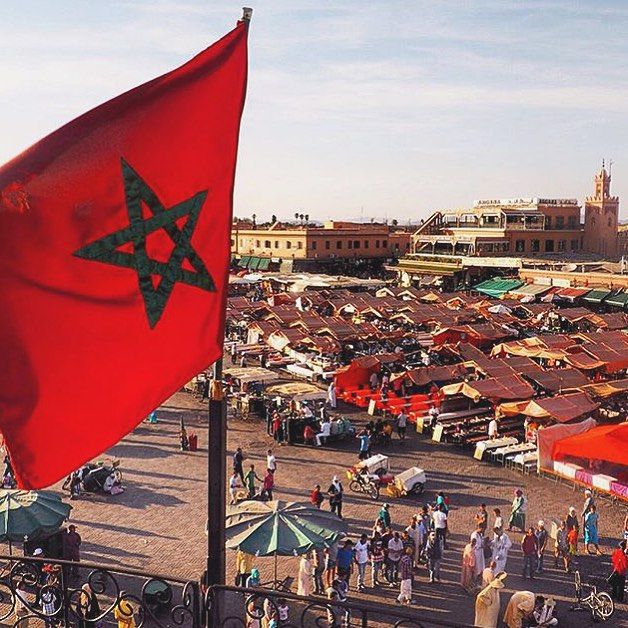Morocco
Discovering the Magic of Morocco: A Journey Through Color, Culture, and Cuisine
Nestled at the crossroads of Europe, Africa, and the Middle East, Morocco is a country that captures the imagination with its vibrant culture, diverse landscapes, and deep-rooted traditions. From the winding alleys of ancient medinas to the sweeping dunes of the Sahara Desert, Morocco offers travelers a sensory experience like no other.
A Tapestry of Cities
Morocco’s cities are as diverse as its geography. Marrakech, often called the “Red City” for its terracotta-colored buildings, is a whirlwind of color, sound, and energy. The famous Jemaa el-Fnaa square pulses with life, filled with storytellers, musicians, street food stalls, and snake charmers. Nearby, the souks (markets) are a labyrinth of narrow lanes brimming with spices, carpets, lanterns, and traditional Moroccan handicrafts.
In contrast, Fes offers a glimpse into Morocco’s medieval past. Home to the world’s oldest university, the city’s Fes el-Bali medina is a UNESCO World Heritage site where donkeys still transport goods through the car-free alleyways. Then there’s Chefchaouen, the iconic “Blue City” nestled in the Rif Mountains. Its indigo-painted buildings and tranquil atmosphere make it a photographer’s paradise and a haven for those seeking serenity.
Desert Adventures and Mountain Escapes
No visit to Morocco is complete without a venture into the Sahara Desert. From Merzouga, travelers can ride camels across the golden dunes of Erg Chebbi, sleep under the stars in Berber tents, and witness breathtaking desert sunrises that paint the sands in hues of gold and orange.
For those who prefer cooler climates and rugged beauty, the Atlas Mountains offer dramatic landscapes and authentic Amazigh (Berber) villages. Hiking trails wind through valleys and past waterfalls, offering unforgettable views and a chance to experience the traditional lifestyles of Morocco’s mountain communities.
A Feast for the Senses
Moroccan cuisine is as rich and varied as the country itself. Tagines—slow-cooked stews with meat, vegetables, and aromatic spices—are a staple of every meal. Couscous, often served with lamb and vegetables, is a Friday tradition. Street food like msemen (Moroccan pancakes), harira (a hearty soup), and freshly squeezed orange juice are everyday delights.
Mint tea, or “Moroccan whiskey” as it’s playfully known, is more than just a drink—it’s a symbol of hospitality. Served sweet and strong, often with a flourish of pouring from a height, mint tea is offered in homes, shops, and even desert camps.
A Blend of Cultures
Morocco’s history as a meeting point for Arab, Berber, African, and European influences is reflected in its architecture, language, and traditions. You’ll hear a blend of Arabic, Berber (Amazigh), and French spoken throughout the country. The buildings range from intricate Moorish palaces and Islamic mosques to French colonial boulevards.
Religious tolerance and cultural diversity are also evident. While Morocco is a predominantly Muslim country, it is home to a rich Jewish history and vibrant Christian and secular communities, all contributing to the fabric of Moroccan society.
Timeless Hospitality
Perhaps the most enduring impression Morocco leaves on visitors is the warmth of its people. Whether you’re navigating a bustling souk, sharing a meal in a family home, or seeking directions in a small village, Moroccan hospitality is generous and sincere. Locals are eager to share their stories, traditions, and meals, making travelers feel not just welcome, but at home.
Final Thoughts
Morocco is a land where tradition and modernity coexist, where the rhythm of the past beats strongly in the heart of the present. Whether you’re drawn by its ancient cities, dramatic landscapes, or flavorful cuisine, Morocco promises a journey that stirs the soul and ignites the senses.
Ready to explore Morocco? Your adventure awaits.







